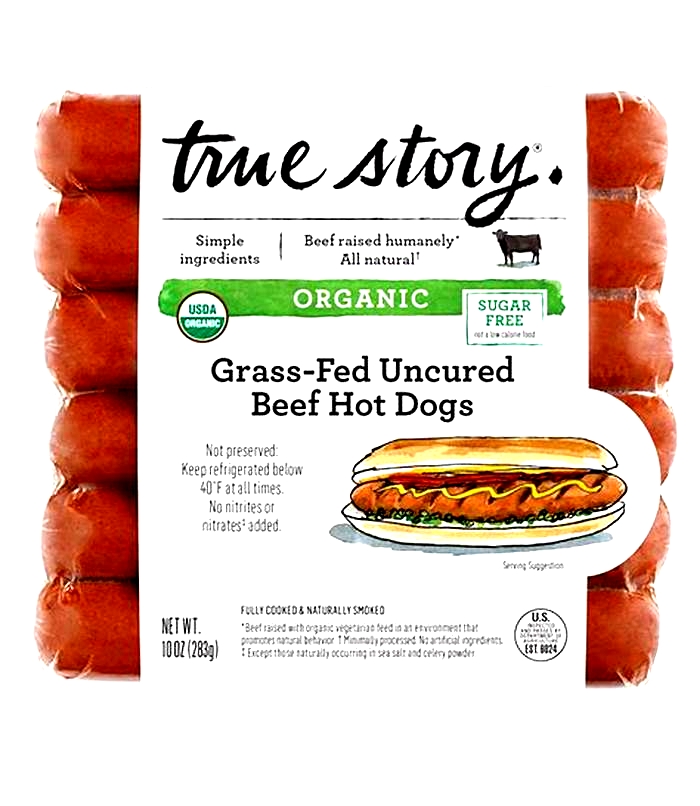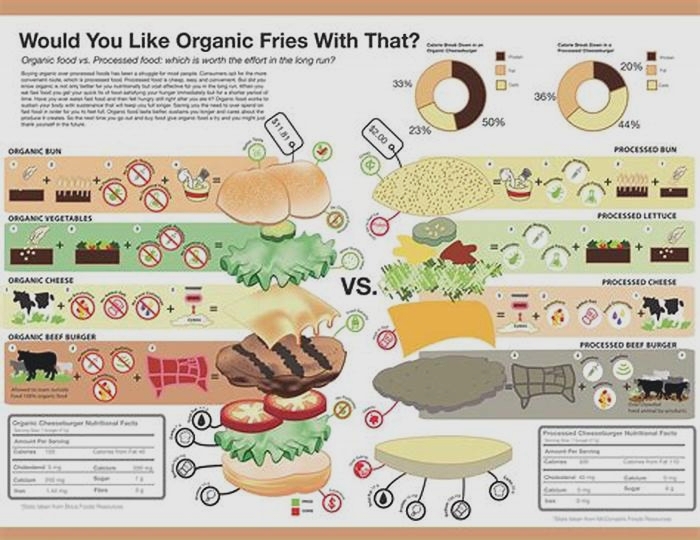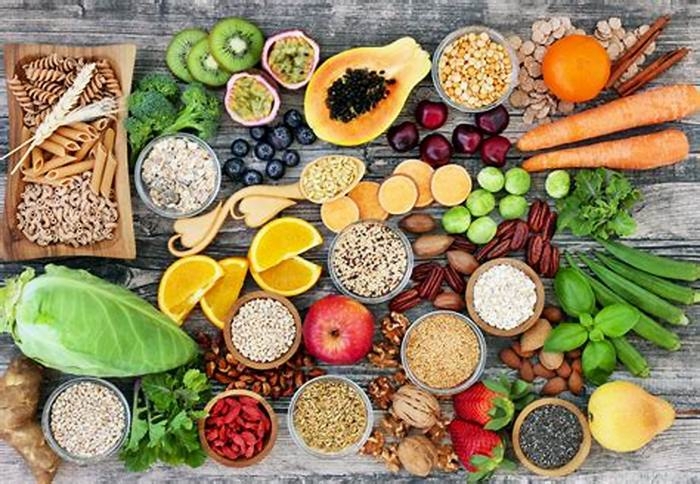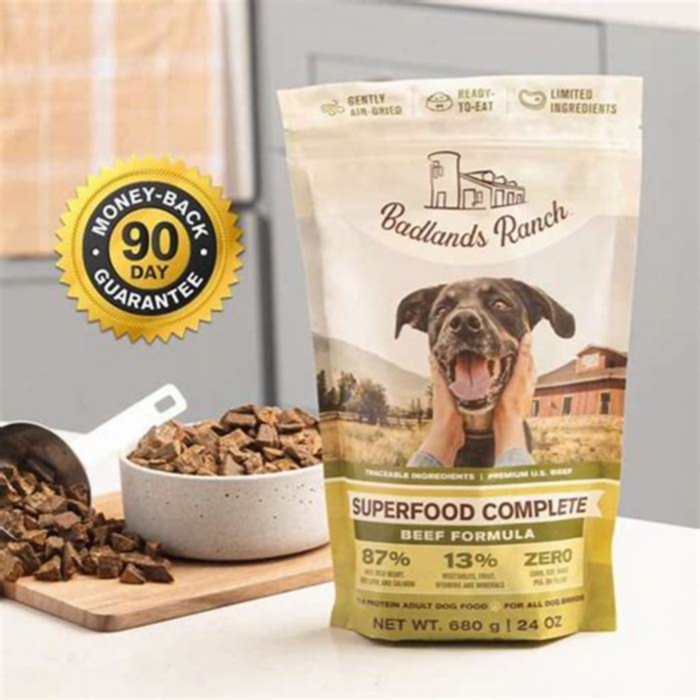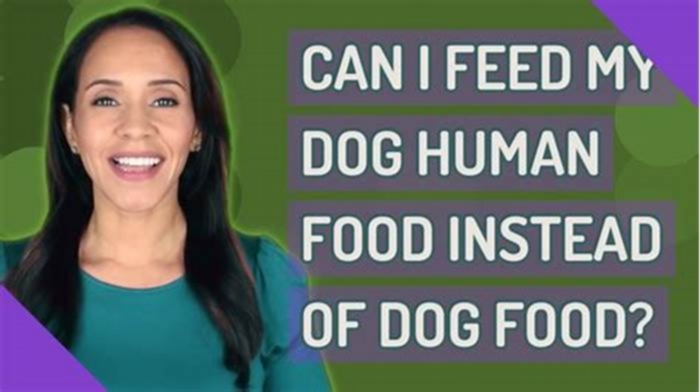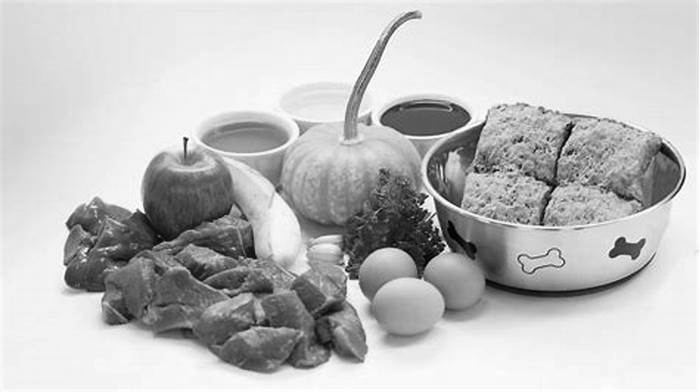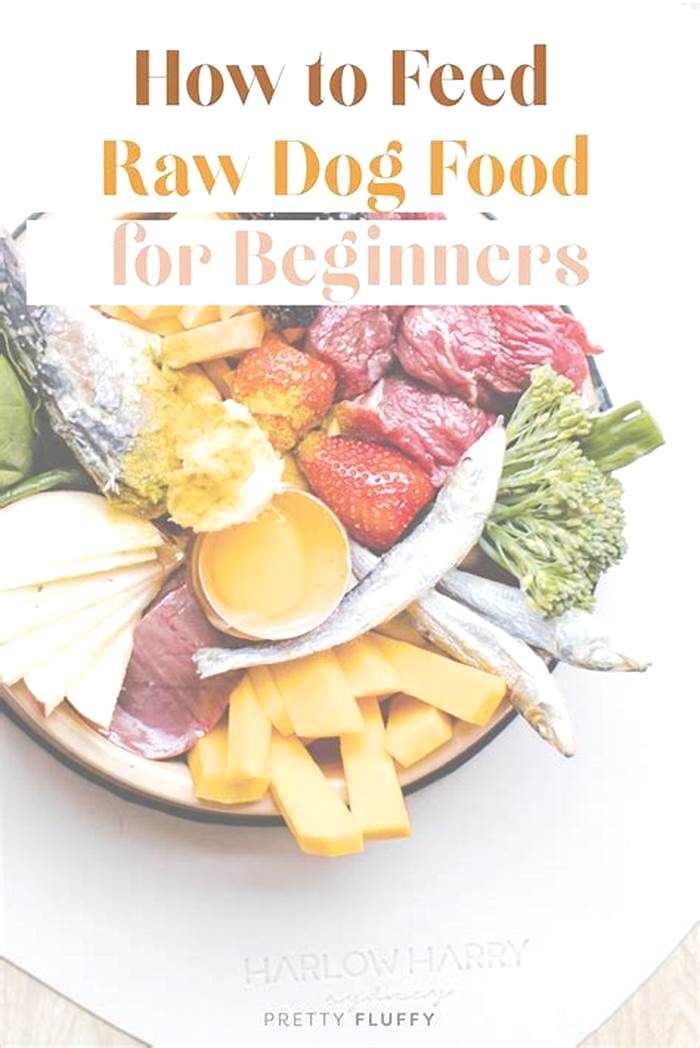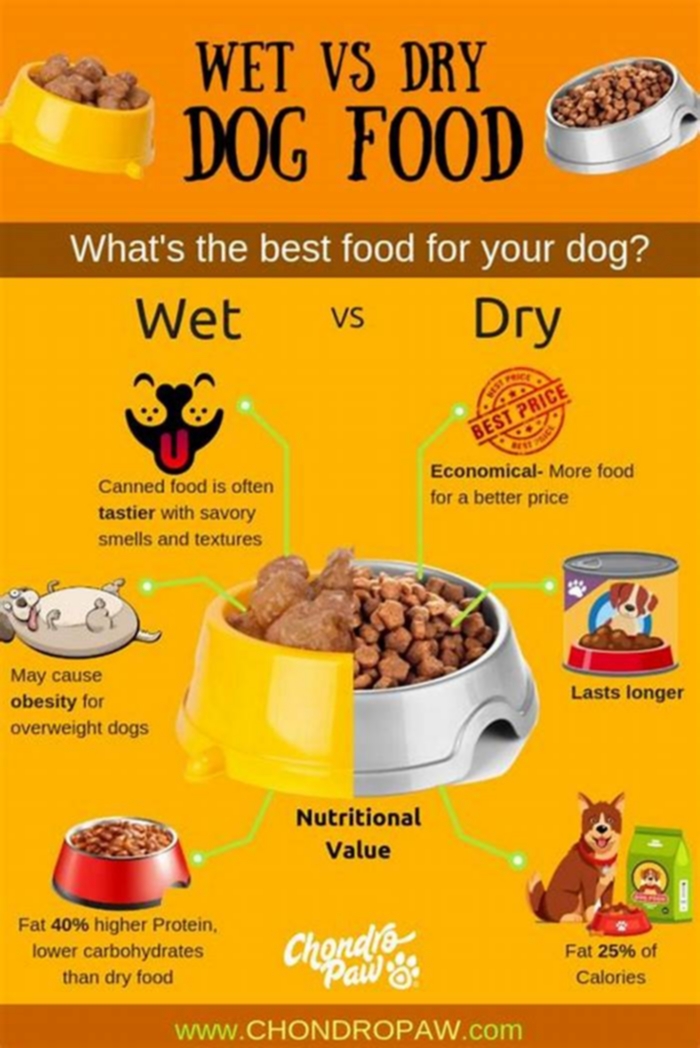Is dog food ultra processed
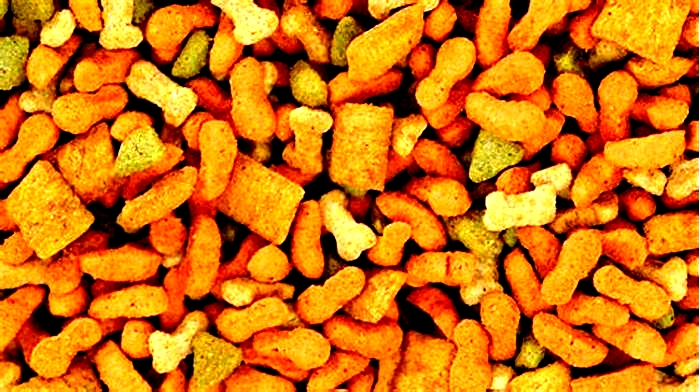
Farmina N&D Ocean Dry DOG FOOD Review
With an average score of 5.7, Farmina N&D Ocean Dry dog food is considered a moderate risk food. There are 11 recipes that average 31.6% protein. The food averages 30.5% carbohydrate as calculated, which is average for similar kibbles.
These recipes include sweet potatoes, pea starch and oats that contribute to the high carbohydrate content. Dogs have no nutritional requirement for carbohydrates but they are used for energy, texture and taste. Starch is also required for extrusion in dry foods. Excessive carbohydrate is an indicator of food quality as it can be used to reduce manufacturing cost. Foods that are rich in carbohydrates can increase insulin levels, increase the risk of obesity and cause unwanted changes to the gut microbiome.
This line is higher in protein than many premium kibbles. There are added amino acids that suggest lower quality proteins are used.
Apart from the added amino acids, this line loses ingredient quality points because they are supplemented with excessive vitamins and minerals. This can indicate lower quality or incomplete ingredients. Vitamin and mineral excesses, especially vitamin D and copper can also result from added vitamin premixes, so its preferable that most or all vitamins and minerals come from real foods. However, its good to see that selenium is in the form of selenium yeast, as its the preferred source vs sodium selenite, which is potentially toxic.
Its good to see that Farmina uses non-GMO grains but that doesnt mean the foods are pesticide-free. Other ingredients appear to be conventionally farmed which affects ingredient safety. Unless organic, crops like peas, apples and spinach can carry a high pesticide/herbicide residue, especially legumes like peas that are often spray-dried with Roundup. Glyphosate is an antibiotic that can kill beneficial gut bacteria and has been linked to cancer and other diseases. So this line loses ingredient safety points for that reason, and for using alfalfa which is a known GMO.
Like all kibbles, this line also loses ingredient safety points because it is ultra-processed. Extruded foods are heated four separate times during production, which will cause major losses in some active enzymes, vitamins, amino acids and phytonutrients. Studies show that ultra processed foods are linked to a higher rate of all-cause mortality in humans.
Farmina doesnt mention whether the fish or fish oil ingredients in these recipes are from farmed or wild-caught fish. Wild caught fish is more nutritious with a better fatty acid profile.
The recipes also use glam ingredients. These are healthy sounding ingredients but because theyre below the salt on the ingredient list, are present in minute amounts that are unlikely to benefit your dog.
Its also worth noting that Farmina doesnt state the omega-6:omega-3 ratio in their foods. While this is true of most foods, its unfortunate since AAFCO allows a very inflammatory limit of 30:1.
Whats the Difference Between Processed and Ultra-Processed Food?
A processed food is simply one that has been altered from its original form. Learn how to tell the difference and food swaps you can make.
When it comes to the grocery store, the aisles of processed foods are almost synonymous with skip this area. And because youve probably heard that you should limit consumption of these foods, theres likely no need for a refresher on why its recommended.
Lately, however, you may have seen a new term tossed around in nutrition news: ultra-processed foods.
This category of food is making headlines as recent research connects it with major health risks.
By definition, a processed food is simply one that has been altered from its original form. The International Food Information Council defines processing as any deliberate change in a food that occurs before it is ready for us to eat.
Heating, pasteurizing, canning, and drying are all considered forms of processing. Some definitions even include refrigeration in the mix.
So, unless were plucking apples directly off a tree or drinking milk straight from a cow, the vast majority of foods we eat are technically processed.
But basic preparation and preservation techniques certainly dont turn wholesome foods (such as whole grains and frozen vegetables) into junk. Just because something has gone through a process doesnt mean its unhealthy to eat.
Perhaps, then, its time to rethink our mentality about processed foods and direct more attention to so-called ultra-processed foods. After all, timely research suggests ultra-processed foods specifically can cause health problems, including increased risk of obesity and
But the parameters around ultra-processed foods are less clear than those around processed food in general. Exactly what this term refers to depends on who is being asked.
The idea of ultra-processed foods was first introduced by a Brazilian nutrition researcher, Carlos A. Monteiro, in a 2009 paper. Then in
On one end of the NOVA spectrum are unprocessed or minimally processed items such as fresh fruits, vegetables, and eggs foods you might see included on the Whole30 diet or Mediterranean diet.
On the other end are ultra-processed foods, defined as industrial formulations with five or more ingredients.
Since that 2018 study, other studies on the effects of ultra-processed foods have used different definitions of them. It seems theres no single accepted set of criteria.
I would love to say there is consensus on the definitions of processed and ultra-processed foods, says Carrie Gabriel, a registered dietitian nutritionist, but Ive seen plenty of arguments on what qualifies as one or the other.
In essence, pinning down the exact nature of ultra-processed food is still, well, in process.
By most definitions, the changes that turn a regular processed food into an ultra-processed food occur in the final stage of food production, called tertiary processing.
Typical food processing happens in different stages. Understanding these stages can help you independently determine how processed a food is and what your standards are.
The primary stage involves basic preparations such as removal of inedible parts of the grain, cleaning cereals, and parboiling.
Secondary processing includes baking, freezing, fermentation, and frying. The third stage turns the grains into edible products.
In short, ultra-processed foods are probably what many of us already think of simply as processed foods those shiny, packaged, nothing-to-do-with-nature products found at fast-food restaurants and gas station mini-marts.
Like the NOVA classification system, many authorities agree that a long list of ingredients is a primary indicator of an ultra-processed food.
A 2016 study examining how common they are in the American diet called them formulations that besides salt, sugar, oils, and fats, include substances not used in culinary preparations.
The study authors went on to include anything that used additives to imitate the qualities of real foods.
I like the definition as being the addition of sugar, salt, oils, and fats to aid in flavor and preservation, Gabriel says.
Though they may add flavor and texture, all these extras are likely to increase our risk for health conditions. Excess sugar, salt, and oils in the diet are known to play a role in the development of numerous health conditions.
Understanding how foods become ultra-processed can be a helpful step in remembering to minimize your intake of those foods. Diligent label reading can also help you choose products with fewer ingredients.
Cooking at home goes a long way toward reducing consumption of ultra-processed foods. Restaurants (especially fast-food restaurants) are notorious for tinkering with their recipes to achieve a certain flavor, which could involve using less-than-nutrient-dense ingredients.
However, in some cases, getting unprocessed, whole food isnt that simple, whether its an issue of affordability, availability, or accessibility.
Still, you can likely make small changes to tweak the amount of ultra-processed foods in your diet. Heres a chart to help you make some nutritious swaps:
Thanks to years of exposure to diet culture, we have already read about which foods have been socially labeled as bad and good. But its really not that simple. Attaching positive or negative labels to foods hasnt necessarily changed what we consume.
Food is more than fuel and filler its a relationship. So, the next time you head to the grocery store, remember that not all processed foods are necessarily bad for you. Focus on consuming more fruits and vegetables, whether fresh, frozen, or canned.
Read labels and add foods to your shopping cart that have ingredient lists of things you recognize. Limit items that are in high in added sugar and sodium.
The
And ultra-processed foods? When you already know theyre not the best for you, its going to be about quantity, not quality, and comfort over health. The best step is to do a check-in with your mind and gut before putting something in your shopping cart.
Sarah Garone, NDTR, is a nutritionist, freelance health writer, and food blogger. She lives with her husband and three children in Mesa, Arizona. Find her sharing down-to-earth health and nutrition info and (mostly) healthy recipes at A Love Letter to Food.
Is Your Pets Food Processed or Ultra-Processed?
With human food, the discussion and study of minimally or ultra-processed foods is common. According to a recent Washington Post article, in dozens of large studies, scientists have found that ultra-processed foods are linked to higher rates of obesity, heart disease, hypertension, type 2 diabetes, and colon cancer. A recent study of more than 22,000 people found that people who ate a lot of ultra-processed foods had a 19 percent higher likelihood of early death and a 32 percent higher risk of dying from heart disease compared with people who ate few ultra-processed foods.
But with pet food, the discussion and research of processed and ultra-processed pet food is minimal. A recent study published in the Royal Society Open Science Journal found Dogs eating dry food had significantly higher GlycA levels than dogs consuming other diet types. Higher GlycA levels are linked to inflammatory diseases, cancer and heart disease VERY similar to the research on people consuming a diet high in ultra-processed foods.
Understanding the differences between processed and ultra-processed foods.
The NOVA system is a food classification system with its identification and definition of ultra-processed foods that has been most applied in scientific literature. According to the NOVA system, human foods are classified into four groups:
How to distinguish between a processed and ultra-processed pet food.
The Food and Agriculture Organization of the United Nations report Ultra-processed foods, diet quality, and health using the NOVA classification system explains the following key differences between processed and ultra-processed food (bold font indicates what can easily be applied to pet food ingredients):
Industrial breads made only from wheat flour, water, salt and yeast are processed foods, while those whose lists of ingredients also include emulsifiers or colours are ultra-processed.
With ingredients: It starts with the fractioning of whole foods into substances including sugars, oils and fats, proteins, starches and fibre. These substances are often obtained from a few high-yield plant foods (such as corn, wheat, soya, cane or beet) and from pureing or grinding animal carcasses, usually from intensive livestock farming.
Some of these substances are then submitted to hydrolysis, or hydrogenation, or other chemical modifications. Subsequent processes involve the assembly of unmodified and modified food substances with little if any whole food using industrial techniques such as extrusion, moulding and pre-frying. Colours, flavours, emulsifiers and other additives are frequently added to make the final product palatable or hyper-palatable.
If we apply these ultra-processed food markers to pet food, the following ingredients would be classified as ultra-processed (compared to similar ingredients classified as processed):
Heating, pasteurizing, canning, and drying (air drying or freeze drying) are all considered forms of processing; extrusion is considered by NOVA as ultra-processing. Thus, extruded kibble pet foods would be classified as an ultra-processed food for pets.
The Food and Agriculture Organization of the United Nations report states:
the results from studies show significant associations between dietary share of ultra-processed foods and the occurrence of disease.
In other words, the more ultra-processed foods consumed the greater the risk.
To get a sense of how many ultra-processed foods pets can be eating (dietary share), look at the ingredients of this extruded kibble pet food:
Including extrusion, this pet food contains 12 different ultra-processed food markers.
Below are the ingredients of another extruded kibble pet food
This extruded pet food contains only 2 ultra-processed food markers a significantly less dietary share of ultra-processed foods.
One morebelow are the ingredients of a cooked pet food
Because this pet food underwent a non-extrusion form of processing, there are zero ultra-processed food markers. The above pet food is processed, but NOT ultra-processed.
The goal for pet owners would be to minimize the number of ultra-processed foods/ingredients in your pets diet.
- If you feed your pet a kibble diet, ask the manufacturer if the diet is extruded. Many biscuit type treats are also extruded.
- Check the ingredient list of your pets food and treats count the number of pre-processed or fractioned ingredients listed above and try to lower that number.
- Add some minimally processed whole foods or a minimally processed topper to your pets food (while removing some of the ultra-processed).
Wishing you and your pet the best
Susan ThixtonPet Food Safety AdvocateTruthaboutPetFood.comAssociation for Truth in Pet Food
Become a member of our pet food consumer Association. Association for Truth in Pet Food is a a stakeholder organization representing the voice of pet food consumers at AAFCO and with FDA. Your membership helps representatives attend meetings and voice consumer concerns with regulatory authorities. Click Here to learn more.
Whats in Your Pets Food?Is your dog or cat eating risk ingredients? Chinese imports? Petsumer Report tells the rest of the story on over 5,000 cat foods, dog foods, and pet treats. 30 Day Satisfaction Guarantee. Click Here to preview Petsumer Report. www.PetsumerReport.com
Find Healthy Pet Foods in Your Area Click Here
The 2022 ListSusans List of trusted pet foods. Click Here to learn more.

